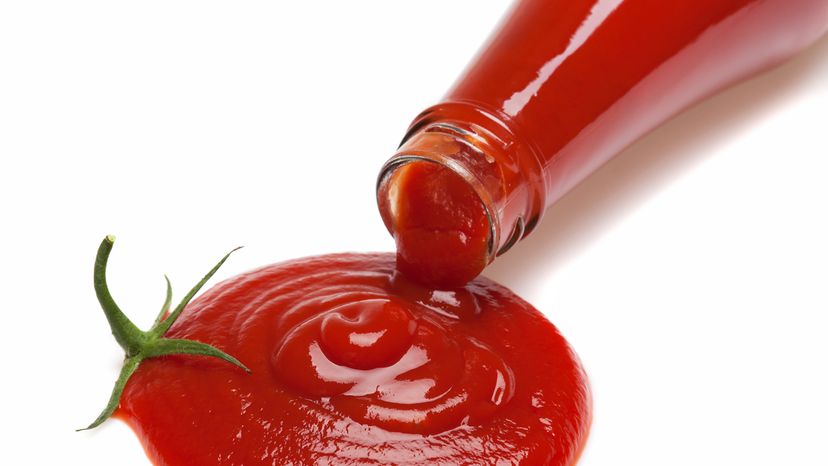Although ketchup may seem like one of those classic American condiments, its origins actually lie in the Far East.
Seventeenth-century European traders sailed extensive routes to venture into an exciting world of new-to-them foods, spices and condiments. In this quest for fresh flavors, they encountered a delectable pickled fish sauce that went by many names.
Foodie historians still debate the exact location where this match made in heaven occurred, but the dominant word ke-tsiap hails from South China, and the Malay word, similarly spelled kecap (or kicap) was recorded in Indonesia.
Either way, most agree it was originally a Chinese word from the Cantonese dialect.
Once adopted in the West, various Chinese words for the sauce were altered to fit the English language. Often nicknamed "High East India Sauce," the first mention of the condiment spelled "catsup" appears in a 1730 Jonathan Swift poem when he wrote:
"And for home-bred British cheer, Botargo [a fish roe based relish], catsup, and career [caviar]."
By the 19th century, the sauce evolved to more closely resemble modern ketchup with a sweet tomato sauce base. The word took on another spelling change, with "ketchup" becoming the most popular American English name for the condiment.
